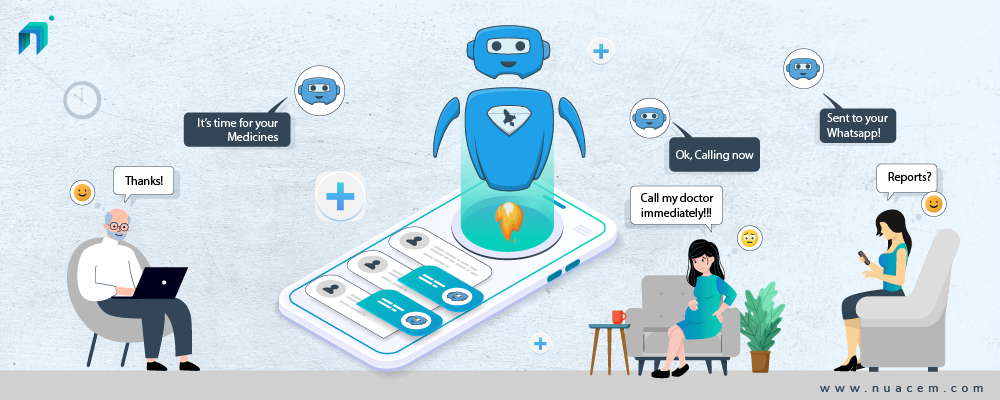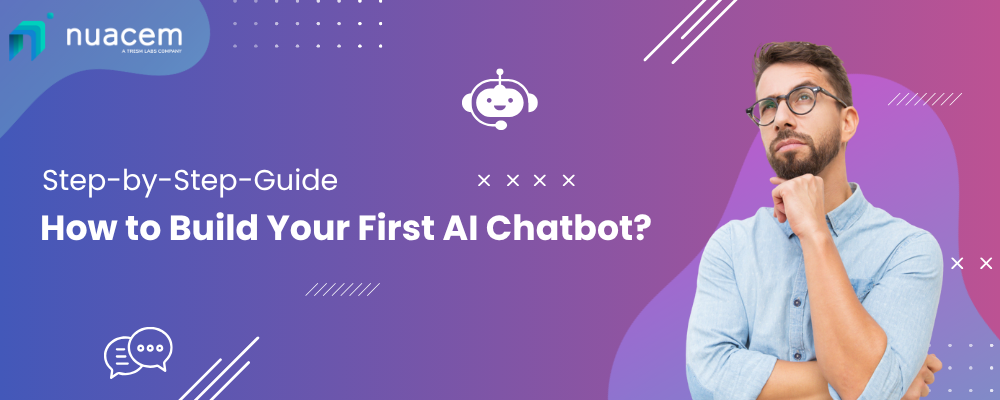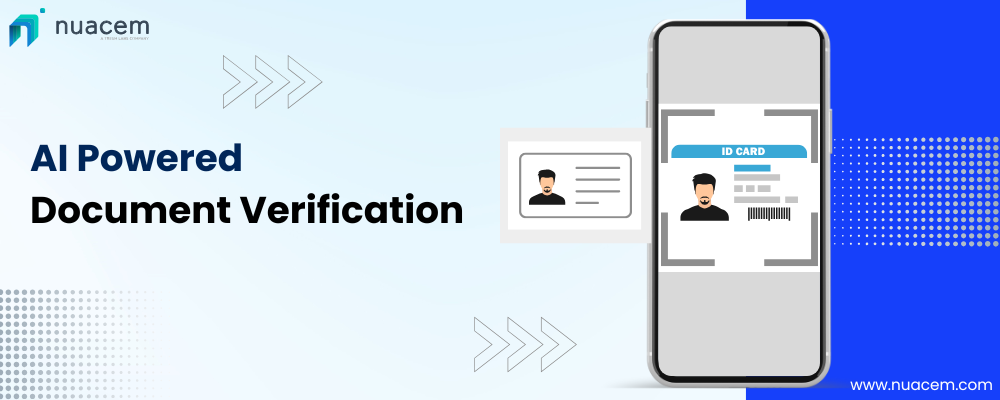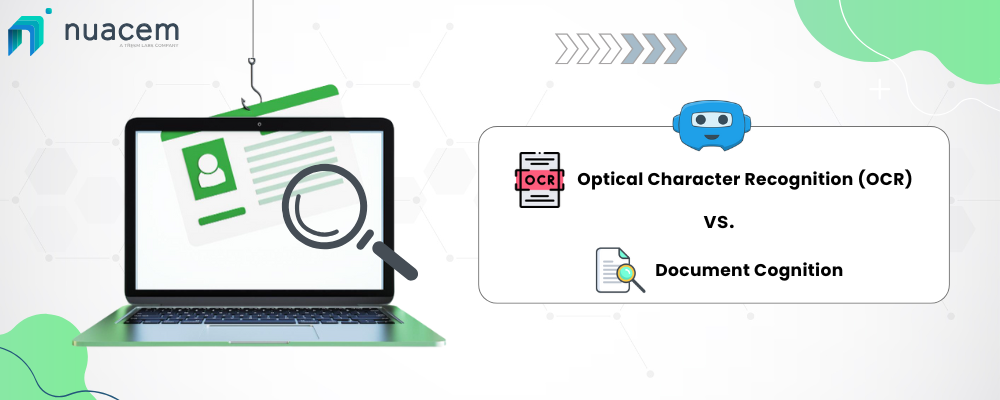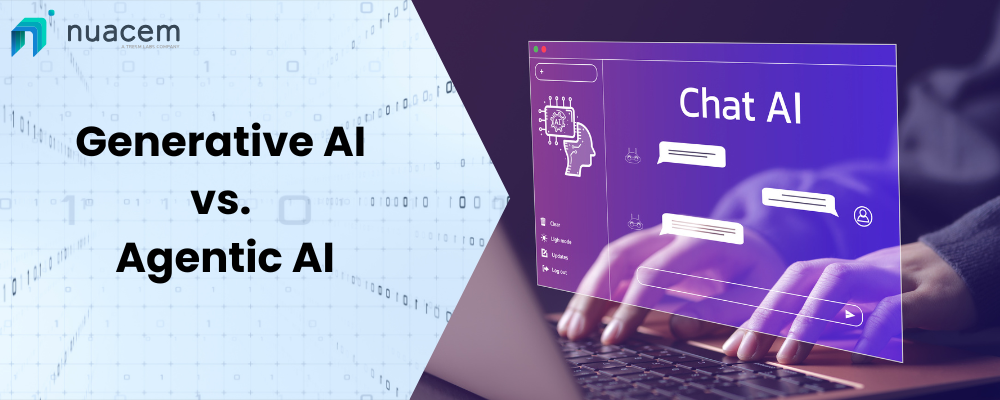Evolving Omnipresence Of AI Chatbots In Healthcare
Industry insiders have predicted exponential growth in the Healthcare AI Market, which is expected to reach USD 45.2 Billion by 2026 from USD 4.9 Billion recorded in 2020. The evolving omnipresence of intelligent medical AI Chatbots is only a reflection of this rather speedy progress.
Highlights:
- Role of Healthcare Conversational AI…What Do They Do?
- How Medical AI Chatbots Improve Patient Experience
So, what exactly are AI Chatbots? Going by the simplest definition, they are little chat bubbles that pop up on the screen of your computers / mobile devices when you visit a website for information. Mimicking human conversations, these bots are designed to offer essential information on commonly asked questions and connect users to relevant personnel in case of emergencies.
AI chatbots in healthcare, however, do much more than answering basic queries. With improving sophistication in AI technology, they have become critically essential components in saving time and resources on part of healthcare providers and more importantly, maximizing patient experience in their interaction with the former.
“Fact Check: Did you know, Health care is among top 5 industries that derive maximum benefits from Chatbots. Statistically stable at 75% usage, it is preceded by E-Commerce and Insurance; and followed by retail and hospitality.”
Role of Healthcare Conversational AI…What Do They Do?
Key role of chatbot technology in healthcare is to connect healthcare providers, patients, and insurance companies seamlessly with minimum human interventions. An idea is to automate repetitive processes while saving time and revenues without compromising on overall provider-patient experience.
Making essential information available anytime, anywhere though, is the primary function of conversational AI in healthcare. These intelligent chatbots are programmed to maximize patient engagement (like, remembering/scheduling appointments, booking consultations, follow-up with insurance providers etc.), a service that is expected to save USD 2 – 5 million annually in favor of medium to large emergency departments.
“Fact Check: Did you know; Healthcare industry can save about USD 150 billion with medical AI chatbots?”
How Medical AI Chatbots Improve Patient Experience
Statistically speaking, healthcare conversational AI has a satisfaction rate of 73%… a figure that is expected to soar with more sophisticated personalization features waiting to be implemented in future applications.
Existing chatbot solutions for healthcare, however, have been very successful in enhancing patient experience in many different ways…
Anonymity
Patients are observed to be more open with chatbots while revealing their symptoms and other critical information than with their human counterparts. Advantage of anonymity helps tremendously when it comes to getting help for sensitive cases.
24/7 Availability
Healthcare chatbots are available round clock for just about any informational and scheduling services that patients may require. Minimized dependence on human intervention/communication for routine services has been a big plus-point for later.
Personalized Experience and Symptom Reading
Chatbots in healthcare are programmed to remember and store patient details and provide critical health information instantly. They can read and understand symptoms, tally the same with medical records as entered by respective patients, and offer accurate next-step guidance.
“Fact Check: Did you know, ELIZA was the first healthcare chatbot that was used in 1966!”
Booking Appointments
Booking appointments or making alterations in existing schedules is often a one-click affair with chatbots. It saves ample time, energy, and funds on the part of patients, especially for those who are semi or non-ambulatory.
Connecting with Healthcare Providers on Emergencies
Days of dialing numbers and waiting for someone to answer from the other end during emergencies are practically over with AI chatbot technology in healthcare. These intelligent bots can connect users with the right healthcare providers quickly and efficiently. Peripheral requirements for admission etc. can also be addressed by chatbots.
Managing and Tracking Insurance
Accessing health covers, premium payment management, filing claims, and tracking status of the same are included among core features of advanced healthcare and conversational AI solutions. Timely reminders and updates on existing health insurance policies has contributed to maximizing self-responsibility of patients while enhancing their app usage experience phenomenally.
Offering Mental Health Assistance
Conversational AI in healthcare has been instrumental in offering dependable mental health assistance to thousands of patients globally. Programmed to mimic human conversations, these bots can understand and read anxiety levels in patients and offer humanized experiences through empathetic conversations.
Reduced Wait Time and Saving Money
This is one of best-liked features of AI medical chatbots, in the opinion of users worldwide. No queues, no uncertainties, no traveling all the way to healthcare centers to schedule appointments, no manual follow-ups for treatments, insurance, etc.; the amount of time and money saved by patients through healthcare chatbots is rather exemplary.
Feedbacks
Feedbacks are important when it comes to helping healthcare facilities improve their services. More often than not, manual feedback solutions through paper or e-forms become a hassle for patients. Chatbots, however, can help patients offer valuable feedback by asking highly relevant questions that can be answered with a click.
Final Thoughts
There is no end to patient-friendly features of healthcare conversational AI. In fact, many have used these bots for effective weight management assistance, dental care assistance, and critical prescription refilling as well without having to communicate with live agents.
Global COVID-19 Pandemic has fueled the surge of AI in healthcare in order to reduce human contact as much as possible. Everything from reading symptoms to answering frequently asked questions in seconds has been handled very efficiently by these technological wonders.

